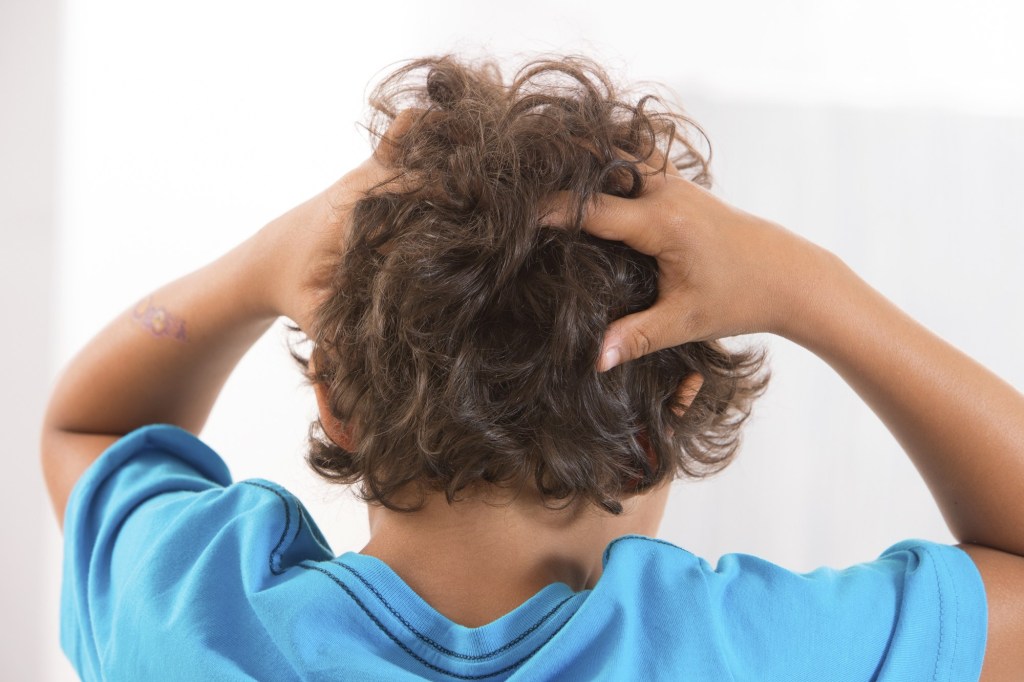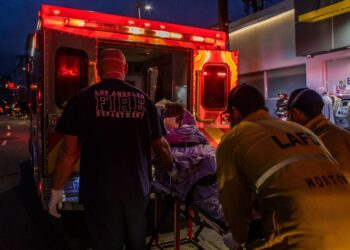For many families, the start of school is a busy, exciting time of year. For some families, though, returning to school also means unpleasant, unwelcome guests: head lice.
An estimated 6-12 million infestations of head lice occur each year in the U.S. among children 3 to 11 years old, predominantly among preschool children in child care settings and children in elementary school, according to the Centers for Disease Control and Prevention. Members of their households also are at risk.
What are head lice?
Head lice are tiny insects that feed on blood from the human scalp. Head lice don’t carry bacterial or viral diseases, and having head lice isn’t a sign of poor personal hygiene or an unclean living environment.
Head lice crawl, but they can’t jump or fly. They most often affect children and are spread primarily by direct head-to-head contact. The risk of spreading head lice is greatest among children within a family or children who have close contact at school or play. Head lice also may spread when items of clothing are stored together. For example, hats or scarves hung on the same hook or stored in the same closet or school locker could serve as vehicles for spreading lice. Household pets, such as dogs and cats, don’t play a role in spreading head lice.
Common signs and symptoms of head lice may include:
— Itching: The most common symptom of head lice is itching on the scalp, neck and ears. This is an allergic reaction to louse bites. When a person has head lice for the first time, itching may not occur for four to six weeks.
— Lice on scalp: You may be able to see the lice, but they’re often hard to spot because they’re small, avoid light and move quickly.
— Lice eggs, or nits, on hair shafts: Nits stick to hair shafts and may be hard to see because they’re very tiny. They’re easiest to spot around the ears and the hairline of the neck. Empty nits may be easier to spot because…
Read the full article here







